NATIONWIDE DISASTER RELIEF FUND
입력 2021.07.26 (15:41)
수정 2021.07.26 (16:45)
읽어주기 기능은 크롬기반의
브라우저에서만 사용하실 수 있습니다.
[Anchor Lead]
The National Assembly passed the second supplementary budget plan, rendering 88% of the Korean people eligible for the COVID-19 disaster relief fund. But unlike last year when every citizen got aid money, it is likely to take a long while this time to determine who will get the financial grant.
[Pkg]
88% of the Korean population stands to receive 250,000 won in COVID-19 disaster relief fund. The list of recipients will likely be decided by mid-August at the earliest. Recipients are chosen based on combined household income. It will take some time to calibrate income data and household information, as double-income and single-person households became eligible for the financial aid.
[Soundbite] Kim Boo-kyum(Prime Minister) : "The National Assembly has agreed to expand the recipient pool. The government will now focus on prompt and easy payment."
However, the actual payment is expected to take place after late August given the disease control situation and vaccination rate. The monthly income ceilings for single-income households are 5.56 million won for two-member households, 7.17 million for three-member ones, and 8.78 million for four-person households. Double-income homes will also be eligible for aid by categorizing them as having one additional member per household. Therefore, the monthly income cutline for this group comes to 7.17 million won for two-person households, 8.78 million won for three-person ones and 10.36 million won for four-member households. Because single-person households, mostly consisting of elderly and young citizens, report lower average income than the rest of the population, the ceiling for one-person households has been raised from 3.29 million won to 4.17 million to make more people eligible for aid. Recipients of basic livelihood security checks stand to receive 100,000 won more per person. People with a lot of assets will not be eligible for the relief even if they fall within the income criteria. The government is looking to exclude individuals who own a home worth more than 1.5 billion won in declared price or 2.1 billion won in market price as well as holders of work-subsidized health insurance policy with more than 20 million won in annual financial income.
The National Assembly passed the second supplementary budget plan, rendering 88% of the Korean people eligible for the COVID-19 disaster relief fund. But unlike last year when every citizen got aid money, it is likely to take a long while this time to determine who will get the financial grant.
[Pkg]
88% of the Korean population stands to receive 250,000 won in COVID-19 disaster relief fund. The list of recipients will likely be decided by mid-August at the earliest. Recipients are chosen based on combined household income. It will take some time to calibrate income data and household information, as double-income and single-person households became eligible for the financial aid.
[Soundbite] Kim Boo-kyum(Prime Minister) : "The National Assembly has agreed to expand the recipient pool. The government will now focus on prompt and easy payment."
However, the actual payment is expected to take place after late August given the disease control situation and vaccination rate. The monthly income ceilings for single-income households are 5.56 million won for two-member households, 7.17 million for three-member ones, and 8.78 million for four-person households. Double-income homes will also be eligible for aid by categorizing them as having one additional member per household. Therefore, the monthly income cutline for this group comes to 7.17 million won for two-person households, 8.78 million won for three-person ones and 10.36 million won for four-member households. Because single-person households, mostly consisting of elderly and young citizens, report lower average income than the rest of the population, the ceiling for one-person households has been raised from 3.29 million won to 4.17 million to make more people eligible for aid. Recipients of basic livelihood security checks stand to receive 100,000 won more per person. People with a lot of assets will not be eligible for the relief even if they fall within the income criteria. The government is looking to exclude individuals who own a home worth more than 1.5 billion won in declared price or 2.1 billion won in market price as well as holders of work-subsidized health insurance policy with more than 20 million won in annual financial income.
■ 제보하기
▷ 카카오톡 : 'KBS제보' 검색, 채널 추가
▷ 전화 : 02-781-1234, 4444
▷ 이메일 : kbs1234@kbs.co.kr
▷ 유튜브, 네이버, 카카오에서도 KBS뉴스를 구독해주세요!
- NATIONWIDE DISASTER RELIEF FUND
-
- 입력 2021-07-26 15:41:18
- 수정2021-07-26 16:45:04
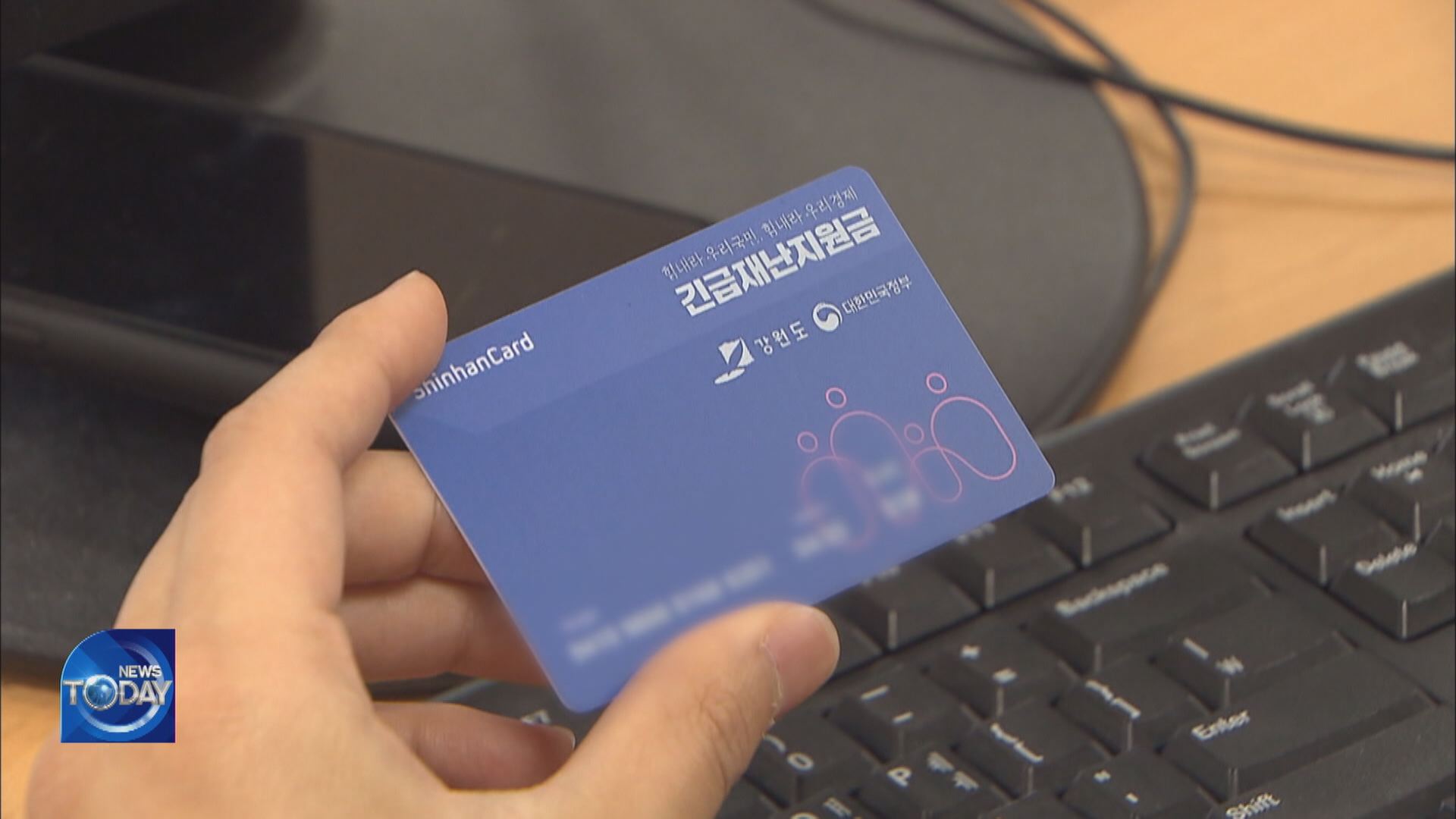
[Anchor Lead]
The National Assembly passed the second supplementary budget plan, rendering 88% of the Korean people eligible for the COVID-19 disaster relief fund. But unlike last year when every citizen got aid money, it is likely to take a long while this time to determine who will get the financial grant.
[Pkg]
88% of the Korean population stands to receive 250,000 won in COVID-19 disaster relief fund. The list of recipients will likely be decided by mid-August at the earliest. Recipients are chosen based on combined household income. It will take some time to calibrate income data and household information, as double-income and single-person households became eligible for the financial aid.
[Soundbite] Kim Boo-kyum(Prime Minister) : "The National Assembly has agreed to expand the recipient pool. The government will now focus on prompt and easy payment."
However, the actual payment is expected to take place after late August given the disease control situation and vaccination rate. The monthly income ceilings for single-income households are 5.56 million won for two-member households, 7.17 million for three-member ones, and 8.78 million for four-person households. Double-income homes will also be eligible for aid by categorizing them as having one additional member per household. Therefore, the monthly income cutline for this group comes to 7.17 million won for two-person households, 8.78 million won for three-person ones and 10.36 million won for four-member households. Because single-person households, mostly consisting of elderly and young citizens, report lower average income than the rest of the population, the ceiling for one-person households has been raised from 3.29 million won to 4.17 million to make more people eligible for aid. Recipients of basic livelihood security checks stand to receive 100,000 won more per person. People with a lot of assets will not be eligible for the relief even if they fall within the income criteria. The government is looking to exclude individuals who own a home worth more than 1.5 billion won in declared price or 2.1 billion won in market price as well as holders of work-subsidized health insurance policy with more than 20 million won in annual financial income.
The National Assembly passed the second supplementary budget plan, rendering 88% of the Korean people eligible for the COVID-19 disaster relief fund. But unlike last year when every citizen got aid money, it is likely to take a long while this time to determine who will get the financial grant.
[Pkg]
88% of the Korean population stands to receive 250,000 won in COVID-19 disaster relief fund. The list of recipients will likely be decided by mid-August at the earliest. Recipients are chosen based on combined household income. It will take some time to calibrate income data and household information, as double-income and single-person households became eligible for the financial aid.
[Soundbite] Kim Boo-kyum(Prime Minister) : "The National Assembly has agreed to expand the recipient pool. The government will now focus on prompt and easy payment."
However, the actual payment is expected to take place after late August given the disease control situation and vaccination rate. The monthly income ceilings for single-income households are 5.56 million won for two-member households, 7.17 million for three-member ones, and 8.78 million for four-person households. Double-income homes will also be eligible for aid by categorizing them as having one additional member per household. Therefore, the monthly income cutline for this group comes to 7.17 million won for two-person households, 8.78 million won for three-person ones and 10.36 million won for four-member households. Because single-person households, mostly consisting of elderly and young citizens, report lower average income than the rest of the population, the ceiling for one-person households has been raised from 3.29 million won to 4.17 million to make more people eligible for aid. Recipients of basic livelihood security checks stand to receive 100,000 won more per person. People with a lot of assets will not be eligible for the relief even if they fall within the income criteria. The government is looking to exclude individuals who own a home worth more than 1.5 billion won in declared price or 2.1 billion won in market price as well as holders of work-subsidized health insurance policy with more than 20 million won in annual financial income.
이 기사가 좋으셨다면
-
좋아요
0
-
응원해요
0
-
후속 원해요
0










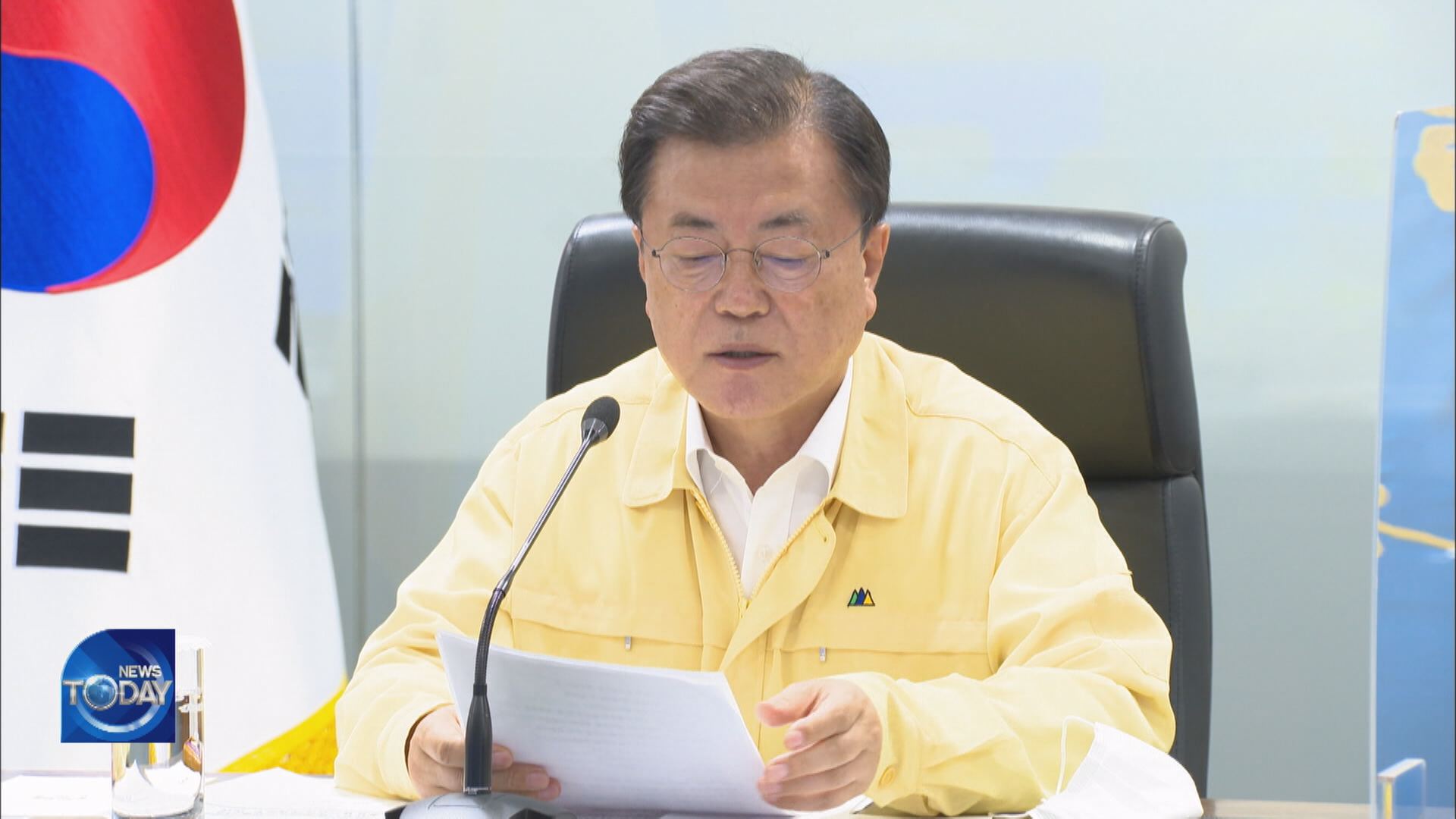
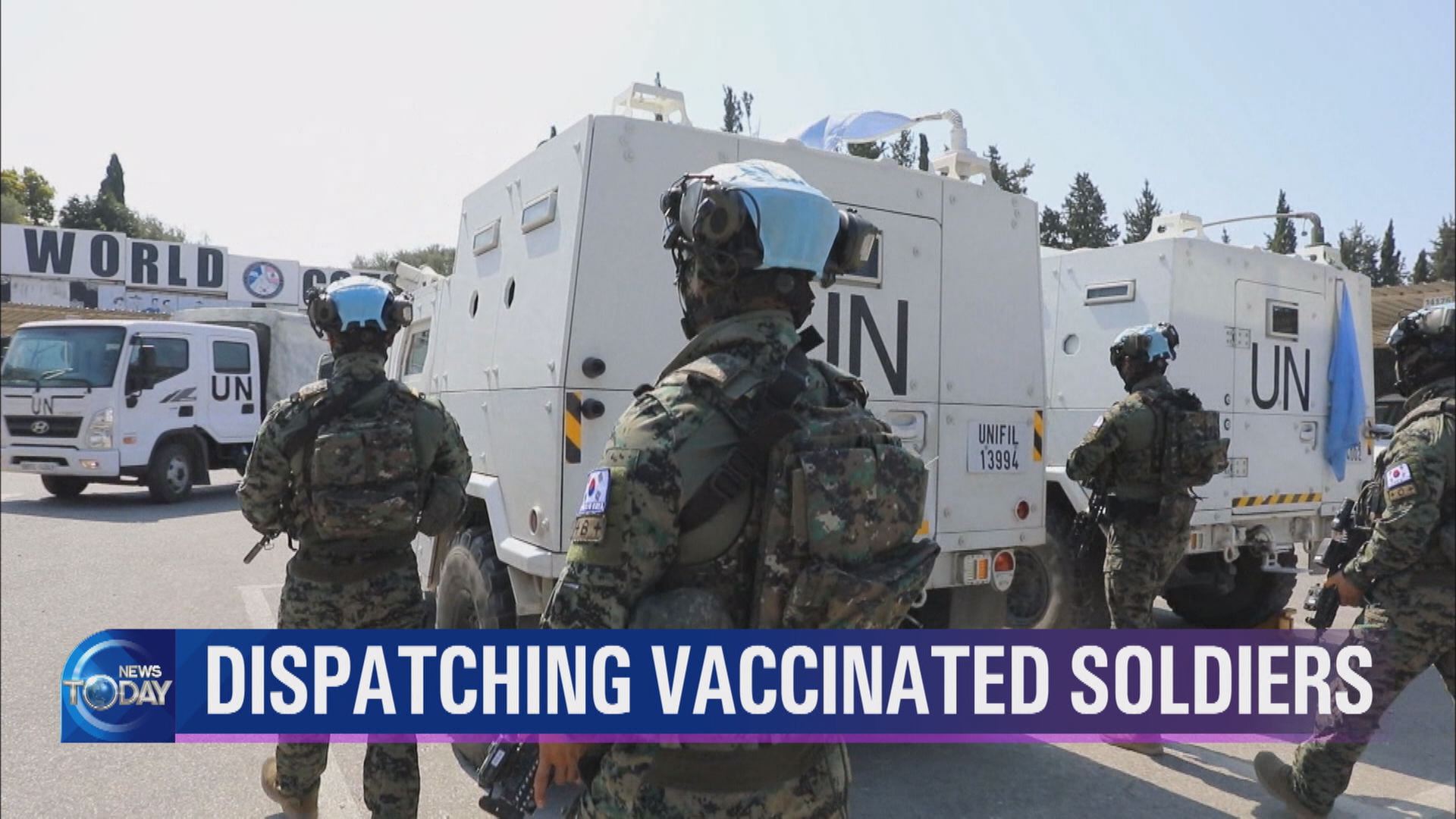
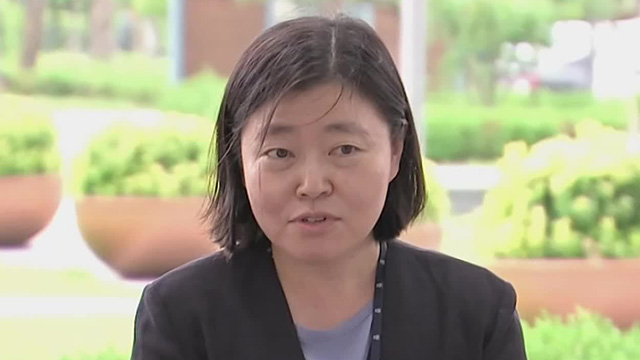
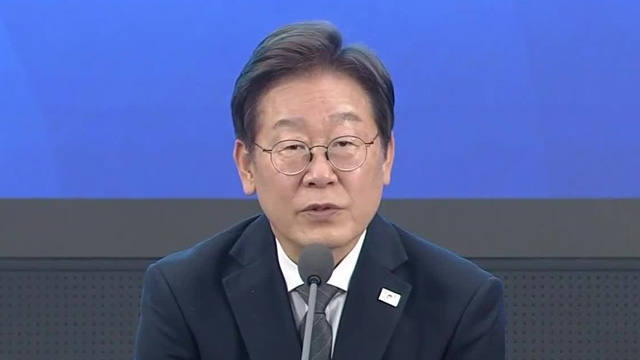
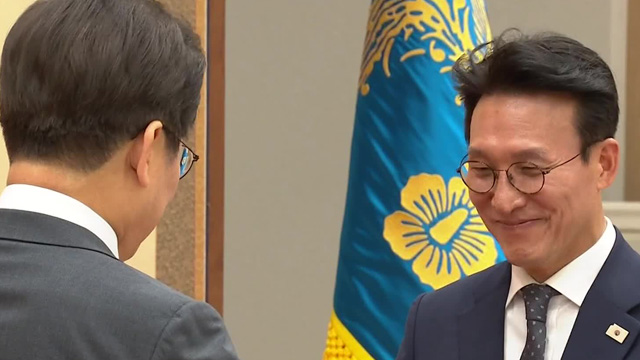
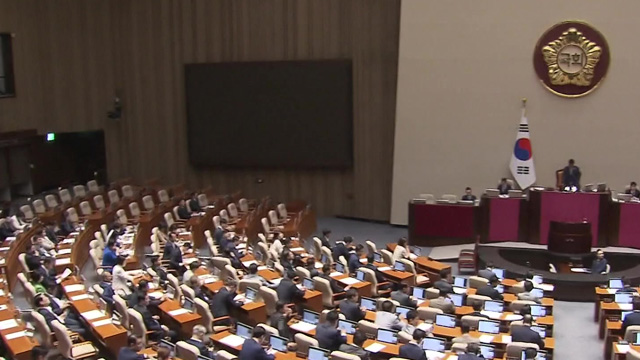

이 기사에 대한 의견을 남겨주세요.